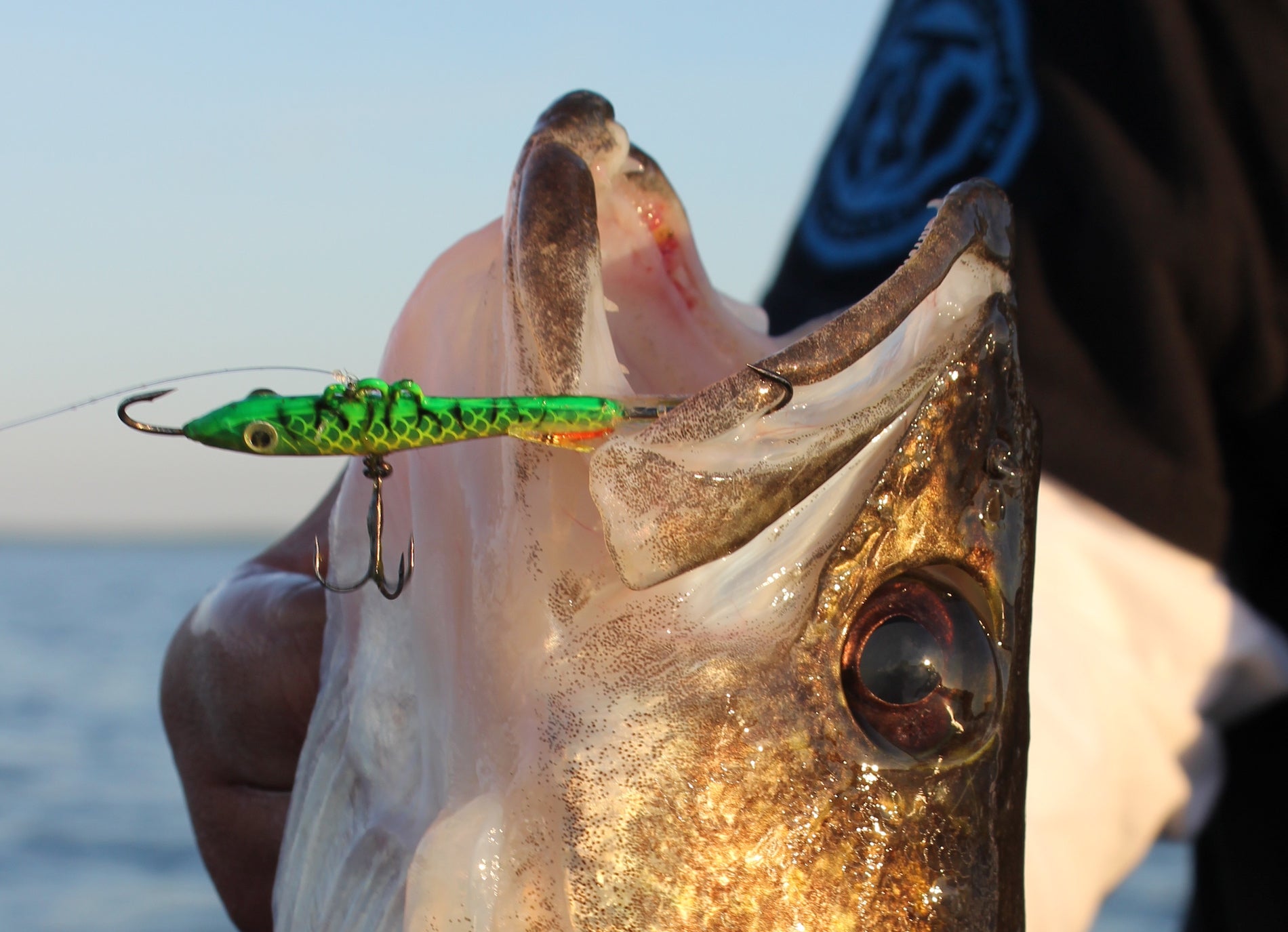In the diverse and constantly evolving world of fishing, anglers are continually seeking new techniques and lures to help them outsmart their finned adversaries. One of the most versatile and effective tools in an angler’s arsenal is the humble jig. Unlike traditional bait or artificial lures, the jig offers a unique and dynamic presentation that can be tailored to a wide range of fishing scenarios, target species, and water conditions, making it a must-have in the tackle box of any serious fisherman.
Understanding the Jig: A Versatile Fishing Lure
At its core, a jig is a weighted hook with a soft, often lifelike, body attached. This simple yet ingenious design allows the jig to mimic the natural movements and behaviors of various prey items, such as baitfish, crustaceans, or aquatic insects, triggering a predatory response in the fish you’re targeting.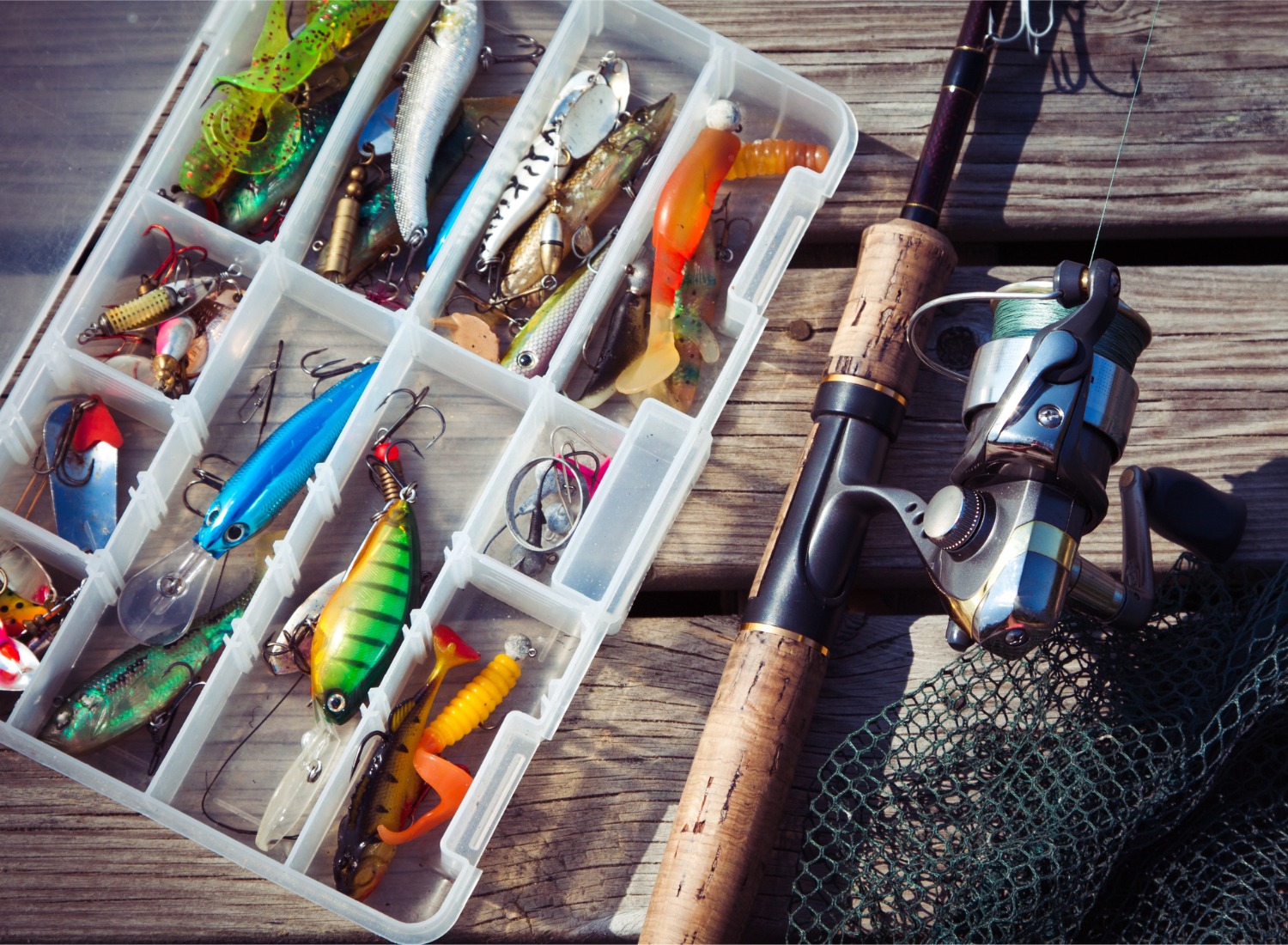
The Anatomy of a Jig
The key components of a jig include the hook, the weight, and thFFe body, each of which can be customized and combined to create a wide variety of jig styles and presentations.
The Hook
The hook is the foundation of the jig, and its size, shape, and design can significantly impact the lure’s overall effectiveness. Anglers often opt for hooks with specific features, such as wide gaps, extra-strong construction, or specialized points, to match the target species and fishing conditions.
The Weight
The weight of the jig, typically made of lead, tungsten, or other dense materials, serves two crucial purposes: to help the lure sink quickly and to provide the necessary action and movement as it falls through the water column.
The Body
The soft, often lifelike body of the jig is what truly sets it apart from other lures. These bodies, made from materials like silicone, rubber, or plastic, can be designed to mimic a wide range of baitfish, crustaceans, or other prey, and can be customized with a variety of colors, textures, and appendages to further enhance their appeal.
The Versatility of Jig Fishing
One of the primary reasons why jigs have become such a popular choice among anglers is their remarkable versatility. These multifaceted lures can be effectively employed in a diverse array of fishing scenarios, from deep-water structure to shallow, cover-filled flats.
Targeting a Variety of Fish Species
Jigs can be used to target a wide range of freshwater and saltwater species, including bass, walleye, trout, redfish, and even offshore predators like tuna and marlin. The adaptability of the jig allows anglers to fine-tune their presentations to match the specific feeding habits and preferences of their target species.
Fishing in Different Environments
Whether you’re casting into dense cover, probing the depths of a lake or river, or working the edges of a reef, the jig’s ability to be fished at various depths and in a range of environments makes it a valuable tool for tackling diverse fishing scenarios.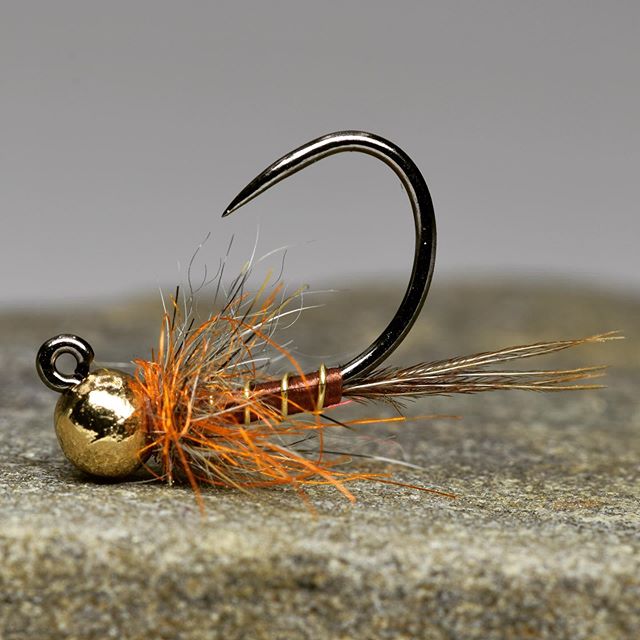
Presenting a Versatile and Natural Action
The unique action and movement of a jig, which can be influenced by factors such as the weight, body design, and the way it’s retrieved, allow anglers to present a remarkably natural and lifelike imitation of the prey their target species is seeking.
Mastering the Techniques of Jig Fishing
To fully harness the power and versatility of jigs, anglers must develop a comprehensive understanding of the various techniques and presentations that can be employed to effectively target and catch fish.
Choosing the Right Jig for the Job
The first step in mastering jig fishing is selecting the appropriate jig for the specific fishing situation at hand. This involves considering factors such as water depth, cover, and the targeted species’ feeding habits.
Matching Jig Size and Weight to the Conditions
The size and weight of the jig you choose can have a significant impact on its performance and effectiveness. Heavier jigs are better suited for deeper water or strong currents, while lighter jigs excel in shallow, calm conditions.
Selecting the Ideal Jig Body and Color
The body style and color of the jig can also be tailored to match the prevailing forage or to trigger a predatory response in the target fish. Experimenting with different body shapes, textures, and hues can help you discover the most effective presentations for a given scenario.
Developing Effective Jig Presentation Techniques
Once you’ve selected the right jig, the next step is to master the various presentation techniques that allow you to effectively work the lure and entice fish to strike.
Vertical Jigging
Vertical jigging, where the angler lifts and drops the jig in a straight up-and-down motion, is a highly effective tactic for targeting fish positioned near structure or suspended in the water column.
Casting and Retrieving
Casting the jig and employing a variety of retrieve strategies, such as slow-rolling, hopping, or twitching, can be particularly effective for covering a broader area and triggering strikes from actively feeding fish.
Pitching and Flipping
For fishing in dense cover, such as submerged vegetation or fallen timber, the pitching and flipping techniques allow anglers to accurately place the jig in tight spaces and elicit strikes from ambush-oriented predators.
Mastering the Art of Setting the Hook and Fighting Fish
Effectively setting the hook and managing the fight when a fish strikes a jig is a crucial skill for successful jig fishing.
Timing the Hook Set
Recognizing the subtle strikes and bites that characterize jig fishing and setting the hook at the optimal moment are essential for converting strikes into solid hookups.
Utilizing the Jig’s Action and the Rod’s Backbone
By leveraging the unique action and movement of the jig, combined with the power and flexibility of the fishing rod, anglers can apply the appropriate amount of pressure to firmly set the hook and maintain control during the fight.
Incorporating Jigs into Your Fishing Arsenal
As you continue to hone your jig fishing skills, it’s important to recognize the versatility of this lure and the many ways it can be integrated into your overall fishing strategy to maximize your success on the water.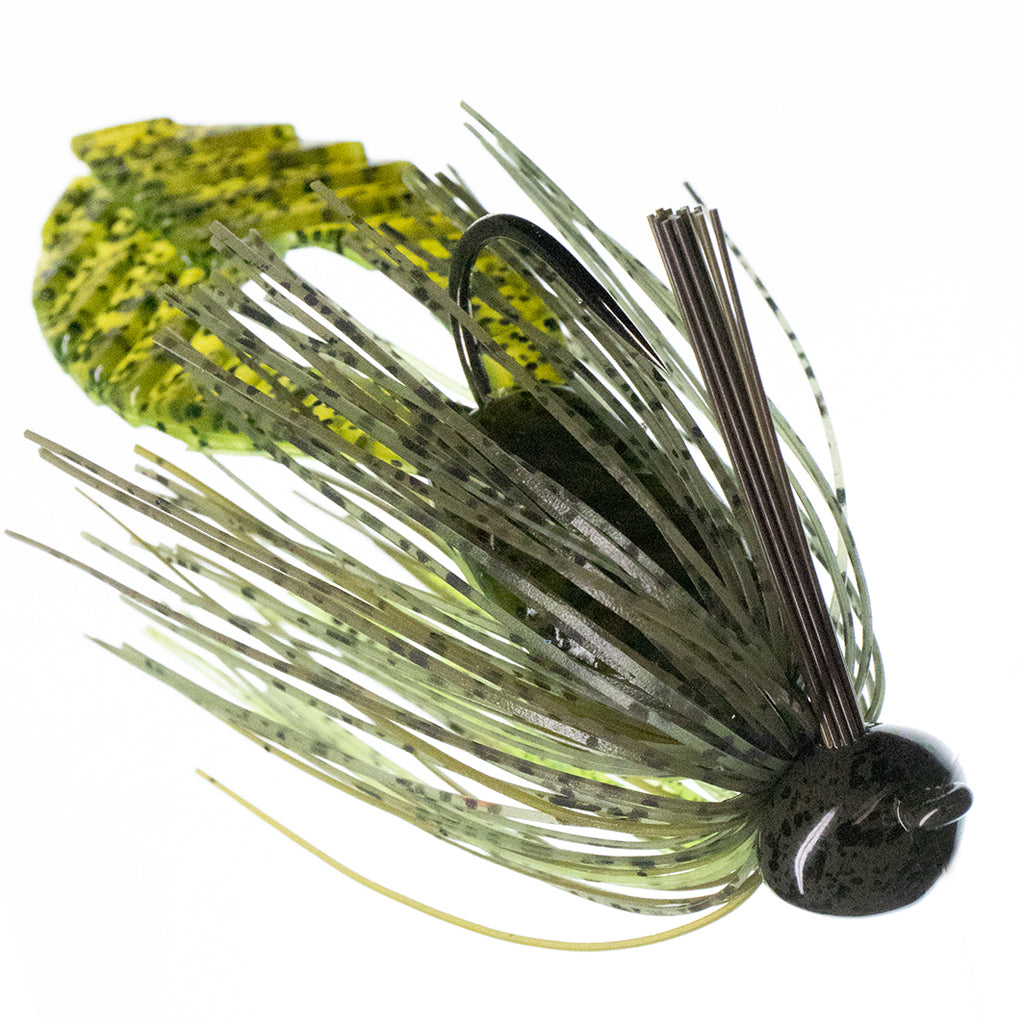
Combining Jigs with Other Lures and Presentations
Jigs can be effectively combined with a variety of other lures and techniques, such as using a jig as a trailer on a spinnerbait or Texas-rigging a soft-plastic jig, to create unique and highly effective hybrid presentations.
Experimenting with Jig-and-Plastics Combinations
Pairing a jig with a soft-plastic body, such as a beaver-style bait or a creature-style trailer, can produce a dynamic and lifelike presentation that can be particularly effective for targeting bass and other hard-hitting predators.
Leveraging Jigs in Multi-Lure Systems
Incorporating jigs into multi-lure systems, where multiple lures are fished in tandem, can provide anglers with a versatile and adaptable approach to targeting fish in various conditions and locations.
Integrating Jigs into Your Overall Fishing Strategy
Beyond just using jigs as standalone lures, successful anglers will often incorporate these versatile baits as a crucial component of their broader fishing strategy, complementing other techniques and presentations to create a well-rounded and effective approach.
Utilizing Jigs as Search Baits
Jigs can serve as excellent “search baits,” allowing anglers to quickly cover water and locate active fish, which can then be targeted with more specialized presentations.
Employing Jigs for Specific Situations and Conditions
Depending on the fishing scenario, jigs can be selectively deployed to target fish in specific environments, such as fishing jigs for suspended fish in deep water or pitching jigs into heavy cover to entice ambush predators.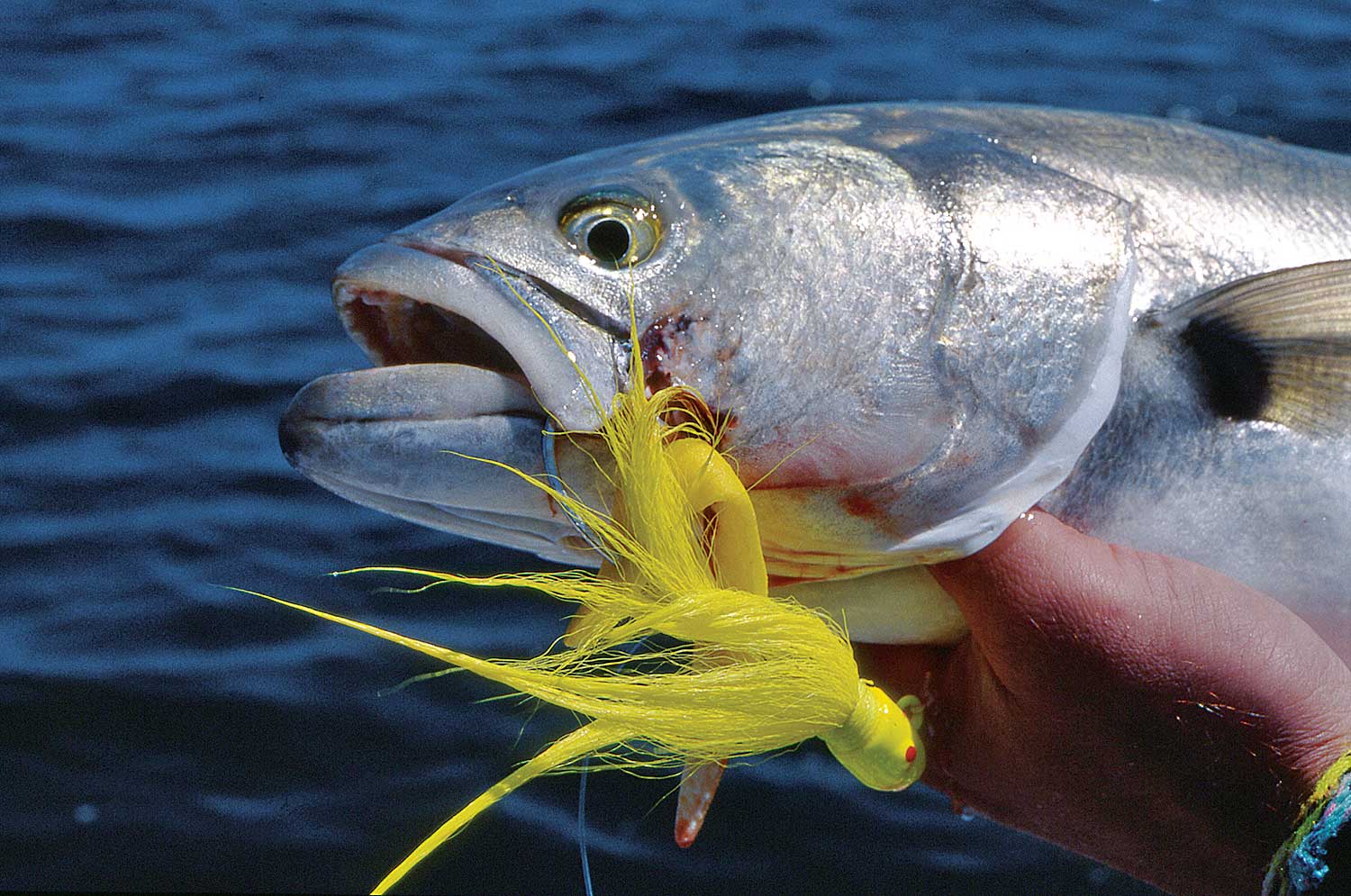
Conclusion: Embracing the Power of Jig Fishing
Mastering the art of jig fishing is a journey of discovery, one that offers anglers a world of possibilities and the opportunity to unlock new levels of fishing success. By understanding the versatile nature of the jig, developing proficient presentation techniques, and seamlessly integrating these dynamic lures into your overall fishing strategy, you can elevate your skills and consistently outmaneuver the fish you pursue.
As you embark on your jig fishing adventures, remember that the key to unlocking the full potential of this remarkable lure lies in your willingness to experiment, adapt, and continually refine your approach. Through practice, patience, and a deep appreciation for the nuances of jig fishing, you can become an expert in this captivating and rewarding aspect of the sport.
Whether you’re targeting bass in a local reservoir, stalking trophy walleye in a river system, or chasing pelagic predators in the open ocean, the jig is a tool that can be consistently relied upon to deliver results. Embrace the power and versatility of this lure, and let it be your guide to a new era of fishing success and fulfillment.
